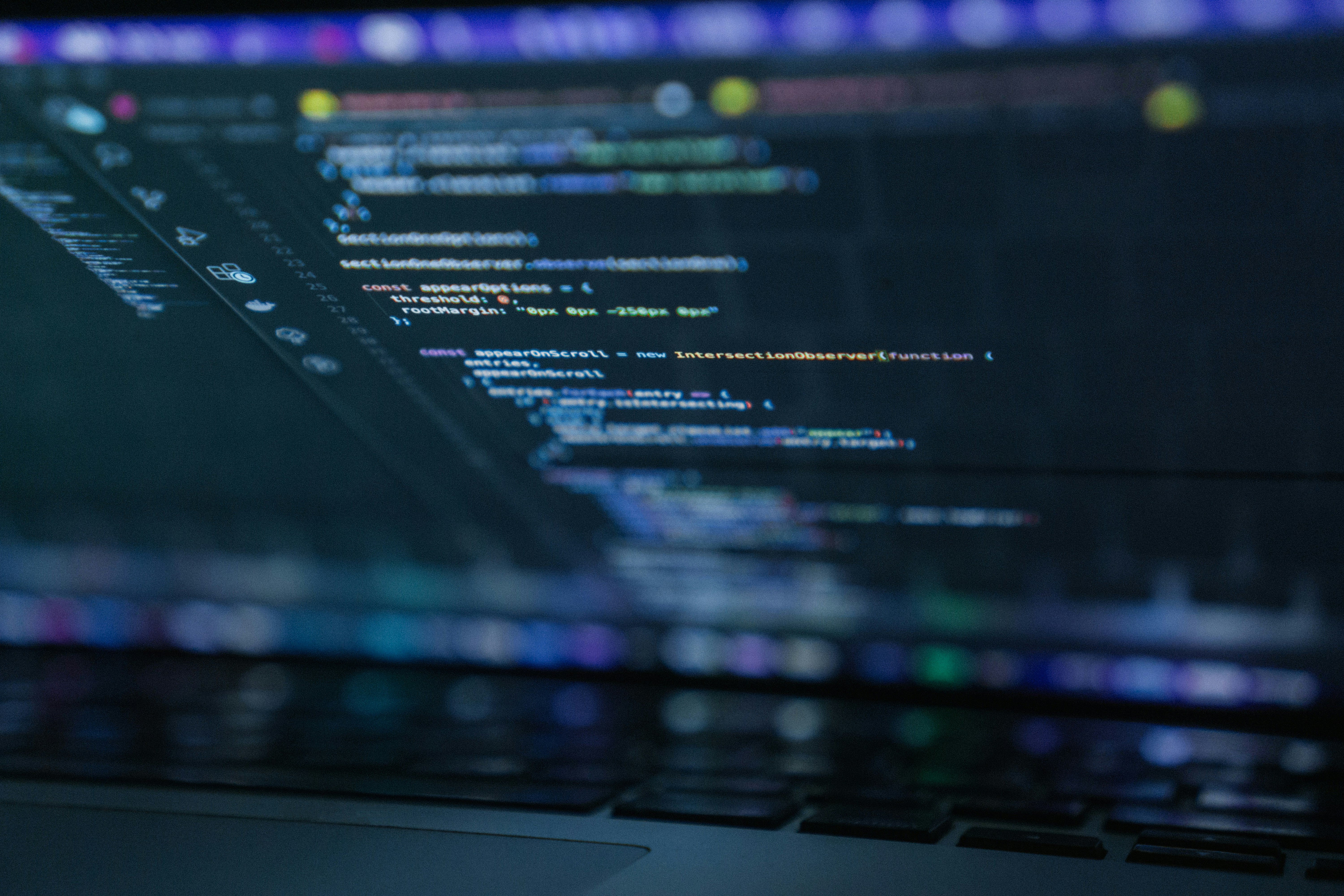
The software landscape of 2025 is a dynamic blend of AI enhancements, full-stack evolution, and sophisticated automation, reshaping how developers approach problem-solving and project delivery.
As we step into 2025, the landscape of software engineering is experiencing rapid changes driven by technological advancements and evolving industry needs. Here's a look at some of the key trends making waves in the field:
Organizations in 2025 are increasingly adopting an AI-first approach to software development. AI tools assist developers by automating repetitive tasks, optimizing code, and even predicting bugs before they occur. Tools like GitHub Copilot and AI-enhanced IDEs are streamlining coding processes, allowing developers to focus on more complex problem-solving tasks.
The role of full-stack developers is expanding as the lines between front-end and back-end become blurred. With frameworks like Next.js and Microsoft's Blazor evolving, developers are now equipped to build more efficient, feature-rich applications seamlessly across the whole stack. Integration with cloud services and microservices architecture has never been more essential, driving the need for versatile skill sets.
2025 is seeing hyper-automation take center stage in DevOps. From CI/CD pipelines to infrastructure configuration, automation tools are now crucial in enhancing productivity and ensuring faster delivery cycles. The automation of security measures, known as DevSecOps, is also gaining traction, reducing vulnerabilities and improving system reliability.
UX/UI design is more critical than ever. Tools leveraging AI to personalize user experience are becoming standard. For example, interfaces that adapt in real-time to user behavior improve application engagement and satisfaction. Technologies like augmented reality (AR) and virtual reality (VR) are now integrated within user interfaces, providing immersive experiences that were previously unimaginable.
Security is no longer a post-production concern; it is integral from the onset of the development lifecycle. Writing secure, robust code is paramount, and developers are now expected to have a foundational understanding of security best practices. Advanced encryption technologies and end-to-end encryption are becoming necessities in safeguarding data.
Software engineering in 2025 is more adaptable and innovative than ever. With these trends, developers are positioned to create smarter, more reliable, and user-focused software solutions. Staying current with these trends will be crucial for professionals eager to thrive in this ever-evolving industry. Embrace these changes, and leverage them to craft solutions that meet both current and future demands.
.jpg)
Welcome to Stratify Software's blog, your go-to destination for insights on software engineering trends like AI, DevOps, and automation. Learn more about our services and how we can assist you in transforming your digital landscape.

DevOps is evolving rapidly with the advent of new technologies and practices. In 2025, we expect AI-driven automation, platform engineering, and security enhancements to lead the charge. Discover how these trends will influence the DevOps landscape and what you can do to stay ahead.